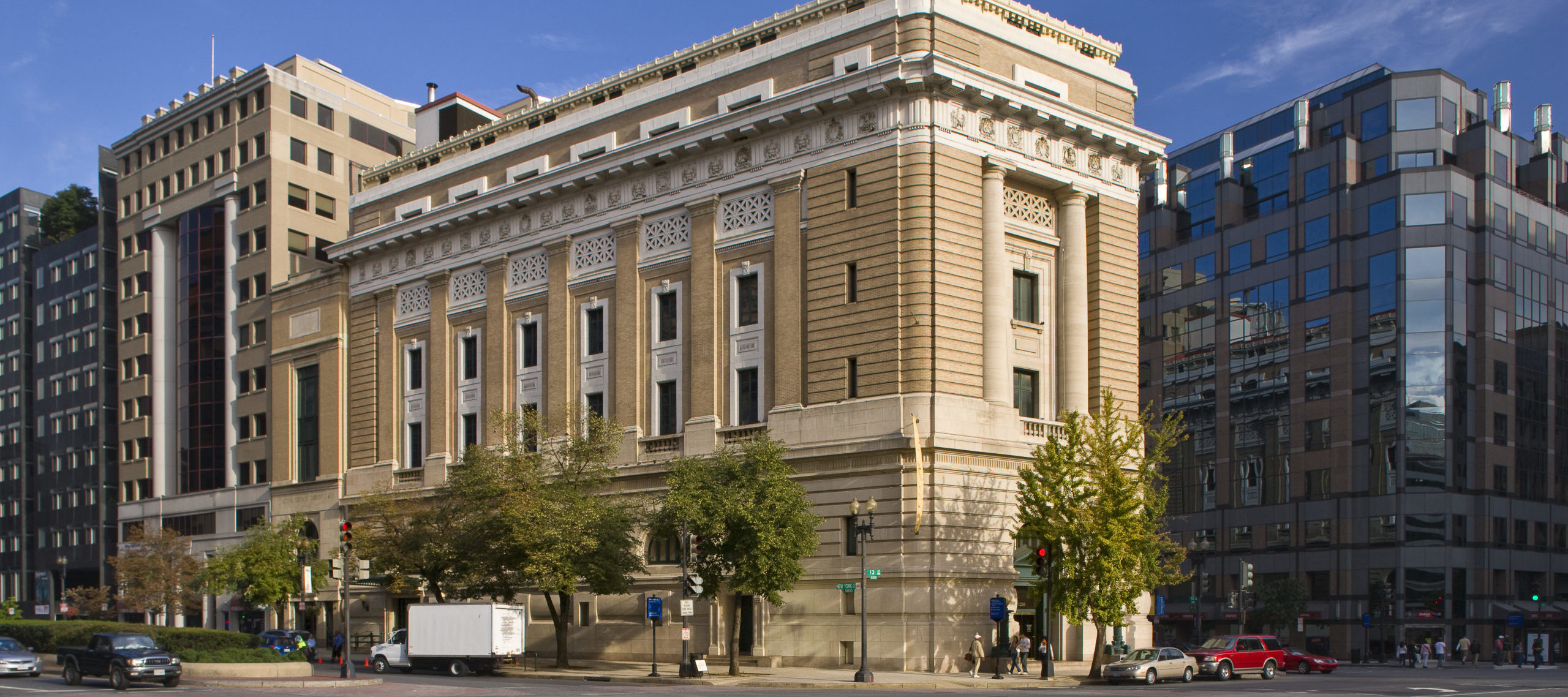(This is Part 2 of a series in honor of Women’s History Month and the 100th anniversary of the Armory Show—click here for Part 1, on women patrons!)
Surprisingly, 50 of the 300 artists exhibiting at the Armory Show in 1913 were women. With few exceptions, these women are not known to most art historians today, yet many exhibited their work in various venues before and after this pivotal event. Several of them studied either at the Art Students League in New York City or at the prestigious Pennsylvania Academy of Fine Arts with well-known teachers. Some traveled to Europe to further their studies.

Looking at their art, we find a wide spectrum—from conventional to strikingly innovative. For instance, following in the tradition of the applied arts, Jean Eels presented a cabinet of her hand-painted china and Fannie Brown displayed her embroidery. Several of the women artists, who worked as illustrators, had drawings and prints on display.
In contrast, Agnes Pelton’s entry Vine Wood shows her interest in ethereal figures set in dreamlike environments that recall Symbolist imagery. Pelton moved on to pure abstraction as her career developed. Louise Pope was considered a Cubist—one reviewer called her work barbaric and described it as “prophecies of subway explosions.”¹ Futurist painter Frances Stevens exhibited Roof Tops in Madrid, which she painted while studying with Robert Henri in Spain. She became the only American to exhibit in Italy with the Futurists.²
Nine of the women worked in sculpture, which, due to its physical nature, was an area of art often reserved for men. Enid Yandell, who studied with Auguste Rodin in Paris, contributed two pieces at the Armory Show that revealed her interest in classical themes. Ethel Myers, perhaps influenced by the Ashcan school, specialized in satirical statuettes portraying everyday life. Edith Burroughs began her study of sculpture when she was only 15 years old and began supporting herself through her art in New York City at the age of 18.

Several women artists responded to a masculinized modern art that privileged individual expression over social activism in a way that expands our definition of American modern art. The work of sculptor Abastenia Eberle is a case in point. She settled in lower Manhattan in order to capture the lives of immigrants living in tenement housing. In the Armory Show, Eberle displayed two pieces, one depicting a man auctioning off a young nude child—her response to the evils of organized prostitution.
These few examples reveal the diversity of work offered by women artists in the Armory Show. The varied nature of their art illustrates the transitional period in which they found themselves—between the limits of the Victorian period and the freedoms of the roaring twenties, between the confines of the private domestic sphere and the brave leap into the public one.
The women artists of the Armory Show are still largely unknown. One hundred years later, their work is worthy of consideration.
Notes:
1. Cited in Mariea Caudill Dennison, “Babies for Suffrage: ‘The Exhibition of Painting and Sculpture by Women Artists for the Benefit of the Woman Suffrage Campaign,’” Woman’s Art Journal, vol. 24, no. 2 (Autumn, 2003–Winter, 2004), 26.
2. “Frances Simpson Stevens 1911.” Dana Hall School, Helen Temple Cooke Library. Web. 2 Feb. 2013.

